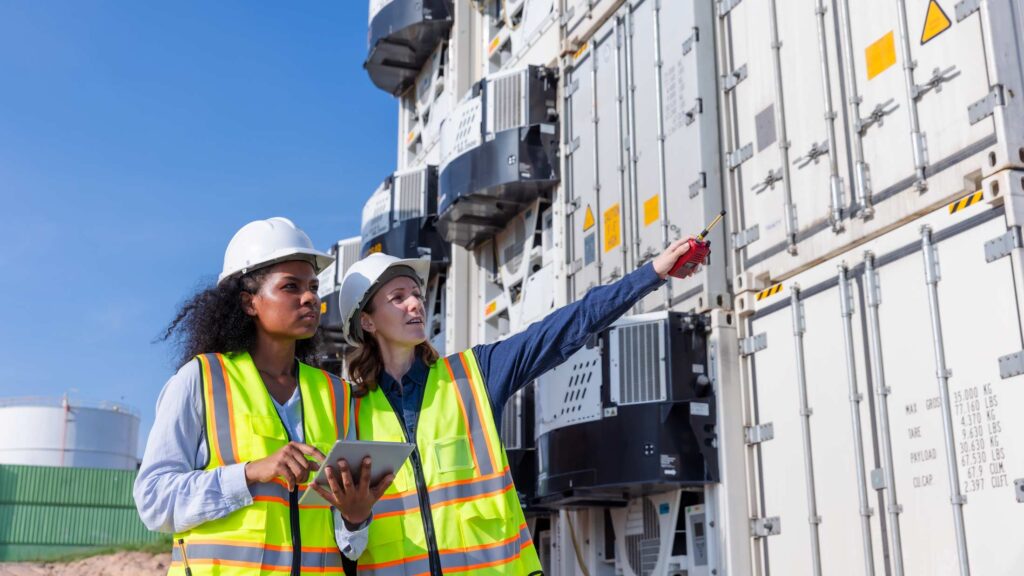Mastering Load Centre of Gravity (COG): The Key to Safe and Efficient Lifting
Understanding the centre of gravity (COG) of a load is crucial for executing safe, stable and efficient lifting operations. Ignoring this principle can result in load instability, tilting, unbalanced tension on slings, and even tipping or catastrophic failure. This week’s tip dives deep into the importance of identifying and managing the COG correctly and offers best practices to elevate your rigging expertise.
What is the Centre of Gravity?
The centre of gravity is the exact point at which the entire weight of an object can be considered to act. In simple terms, it’s the balance point. If supported at this point, the load will remain perfectly level. Misjudging it during lifting operations may cause the load to tilt dangerously or shift mid-air.
For symmetrical objects with uniform mass, the COG is typically at the geometric centre. However, most real-world loads are asymmetrical or contain dense internal components that shift the COG off-centre — and that’s where the danger lies.
Why is it Critical in Rigging?
The result? Equipment damage, potential injuries, or halted operations.
How to Determine the Centre of Gravity
Best Practices
- Always assume the load is unbalanced until proven otherwise.
- Use adjustable slings or spreader beams to help balance irregular loads.
- Mark the COG on loads that are frequently handled.
- Brief your rigging team — especially during multi-point lifts — on the expected COG and strategy.
- Never improvise. Proper planning is always safer and faster in the long run.
Real-Life Example
During the lifting of a generator, a team used equal-length slings from two top eye bolts assuming symmetry. Once lifted, the generator tilted dramatically — one side had a denser internal diesel motor. Fortunately, it was a controlled test lift, and no one was harmed. Adjusting sling lengths rebalanced the load. This simple oversight, if not corrected, could have caused thousands in damage.
COG: Not Just Theory, But Core Practice
Understanding the COG is not just theory — it’s a life-saving principle. Whether you’re handling beams, machinery, containers or modular structures, respect the centre of gravity. Balance leads to control. Control leads to safety.

